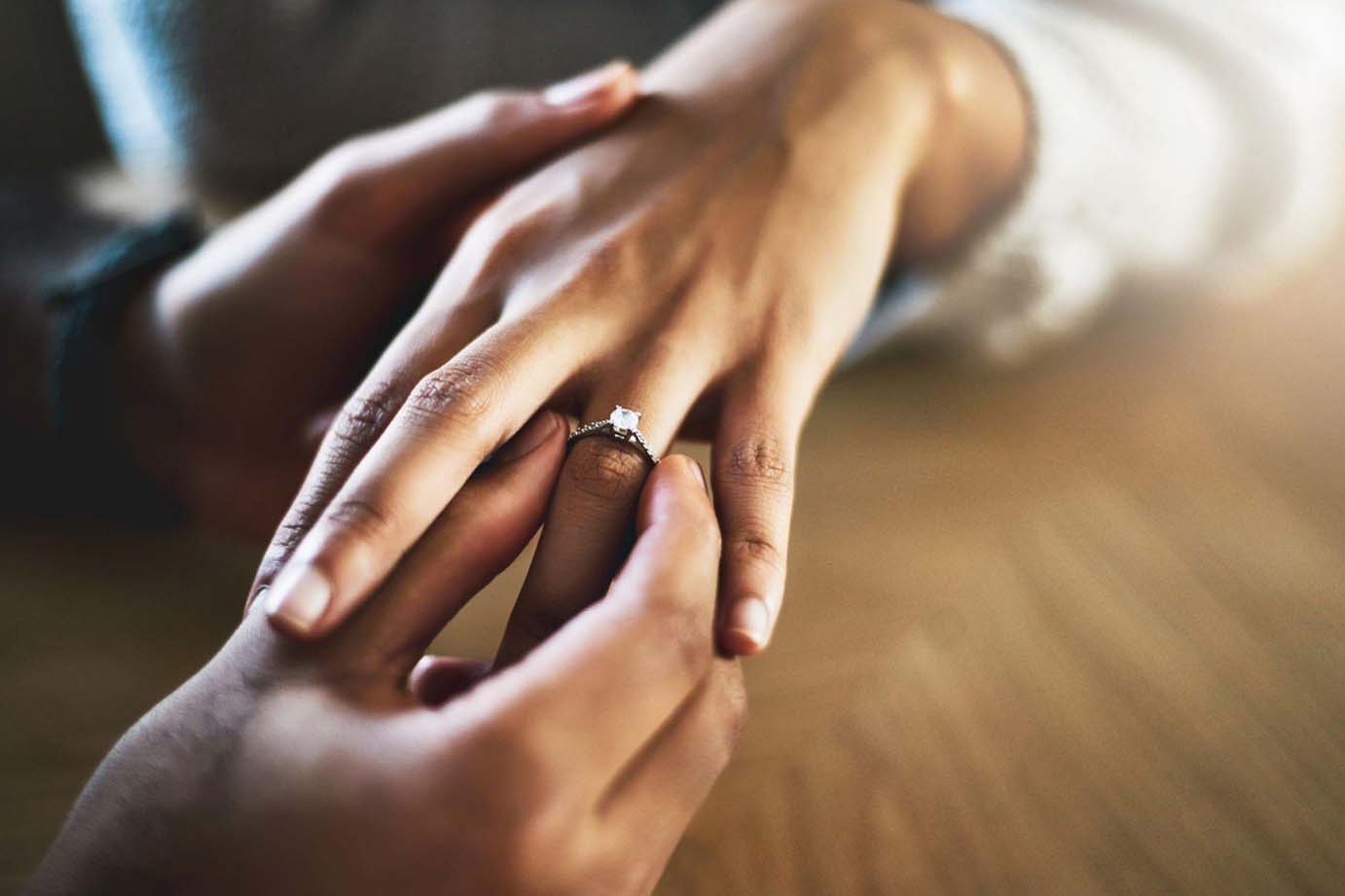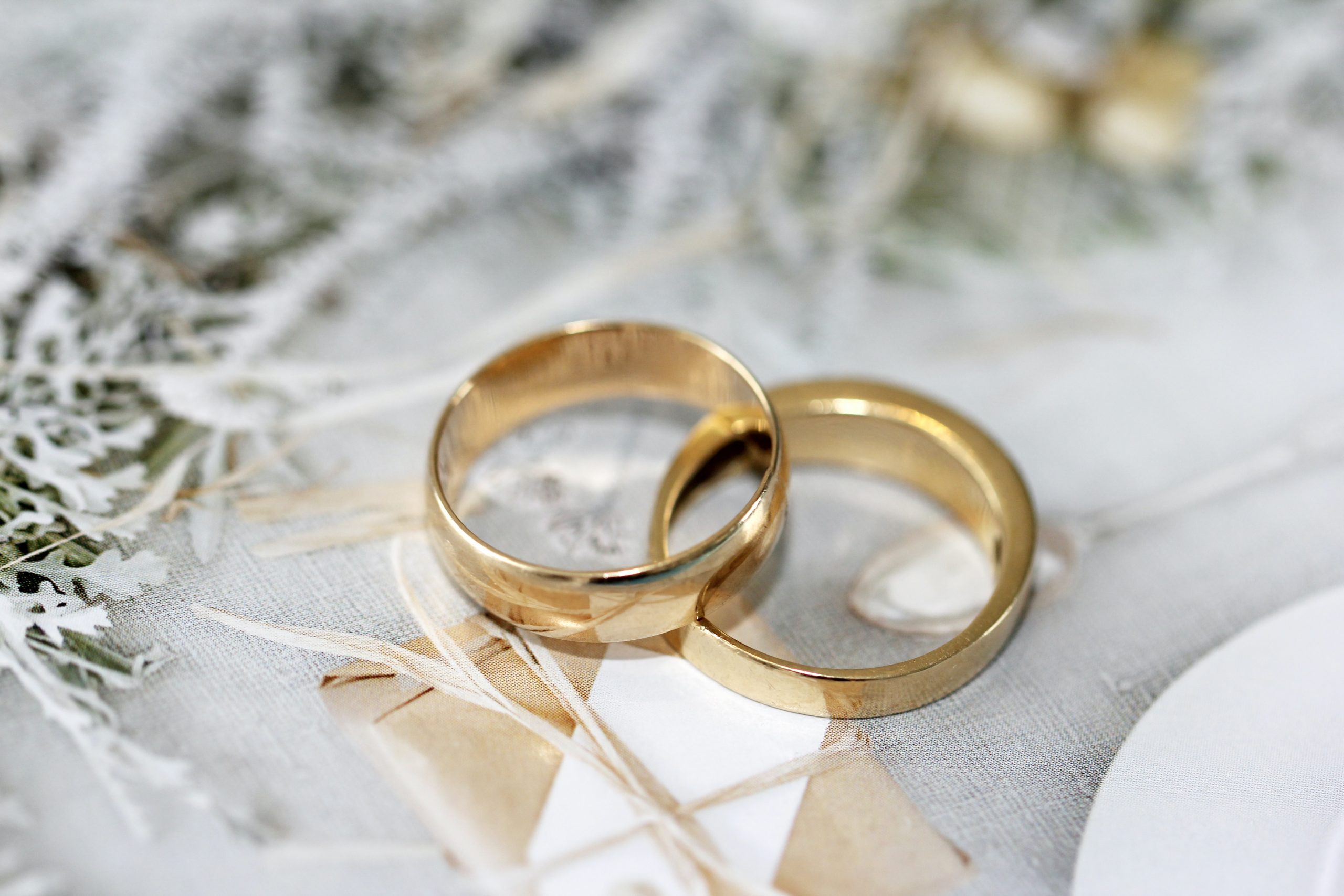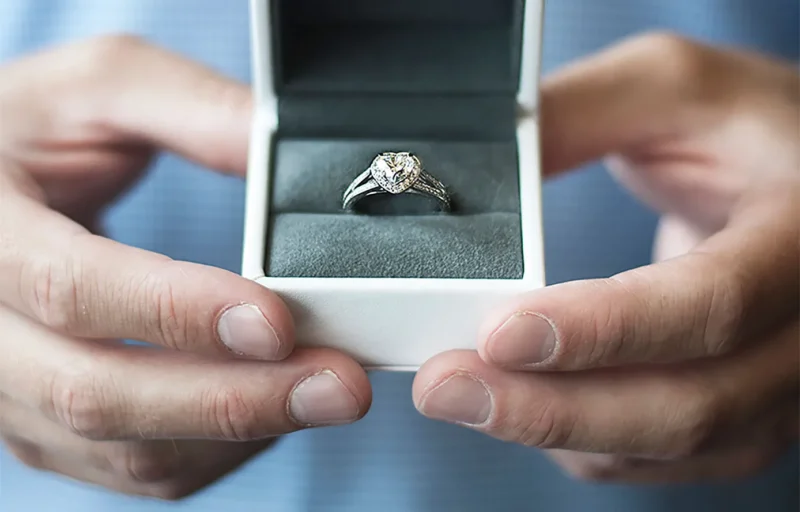Engagement rings have a long and varied history across different cultures. From the ancient Egyptians to modern-day Europe, engagement rings have been used as symbols of love and commitment for centuries.
While some cultures embrace them as an integral part of their marriage proposal process, others see these tokens simply as valuable pieces of jewelry. No matter what culture in which they are exchanged, engagement rings continue to be a powerful symbol of love, commitment, and union between two people.
In this article we will explore the role that engagement rings play in various cultural contexts throughout the world, investigating how traditions differ from one region to another.
The Significance of Engagement Rings Across Cultures

Engagement rings are a symbol of love, commitment, and joy shared between two people. They have been used for centuries to celebrate the bond of marriage in virtually every culture around the world.
While customs vary from country to country and even within regions, engagement rings often serve as a physical reminder of the couple’s intention to marry one another. In some cultures, an engagement ring is seen as a sign of wealth and financial stability while in others it is viewed simply as an expression of love or devotion. In some parts of Asia, gold rings with inscriptions were given during betrothal ceremonies while other cultures prefer diamond-encrusted bands that represent eternity and everlasting commitment.
No matter its form or material, across all cultures engagement rings signify a promise to spend life together. In more modern times, couples have begun experimenting with different types of stones such as sapphires or rubies instead of diamonds; they also incorporate their styles into their choice for an engagement ring design – further adding significance to this special piece of jewelry exchanged between two individuals who plan on spending their lives together.
Thus regardless if you find yourself in Europe, Africa, or South America – when someone flashes an engagement ring – there is no mistaking what message it conveys – Love and commitment!
Traditional Practices and Customs Surrounding Engagement Rings

In different cultures around the world, engagement rings are a symbol of commitment and love. From ancient times to the modern day, traditional practices and customs surrounding these rings have been passed down from generation to generation.
In some areas, such as in the Middle East and India, giving an engagement ring is seen as a sign of wealth and prosperity; while in other parts of the world, it is viewed as an expression of love. In many cultures throughout history, giving someone an engagement ring has become part of their marriage proposal ceremony.
For example, in China during imperial times it was customary for the groom’s family to give jewelry to the bride as part of their betrothal agreement. Similarly in Europe during medieval times when couples were officially engaged they exchanged gold or silver rings with one another- which would be worn on their left hand until marriage day had arrived.
Other customs associated with engagement rings include wearing them on certain occasions such as anniversaries or religious holidays; burying them under trees for good luck, or even having them blessed by priests before being placed onto fingers! These age-old traditions show just how important these symbols can be within certain societies – representing not only commitment but also spiritual protection against bad luck or misfortune.
Modern Trends in Engagement Ring Giving and Receiving

Modern Trends in Engagement Ring Giving and Receiving have evolved. In recent years, the prevailing trend has been towards more intricate designs with a variety of metals and gemstones, including diamonds as well as colored stones like rubies, sapphires, or emeralds.
The ritual of giving an engagement ring is also changing to reflect modern tastes — for example, some couples now opt for rings made from eco-friendly materials such as recycled metal or lab-grown diamonds. Other couples are foregoing traditional diamond solitaires in favor of statement pieces featuring multiple gemstones or even non-traditional materials such as wood or ceramic.
While there’s no one right way to give an engagement ring, it’s becoming clear that personal expression is increasingly important when selecting a ring that will signify the couple’s commitment to each other. When it comes to different cultures around the world, engagement rings can take on many forms depending on their respective customs and traditions.
For instance, in China, they often exchange two wedding rings while in India it is common practice for grooms to present their brides with gold jewelry during the ceremony itself instead of exchanging engagement rings beforehand. Similarly, Hindu weddings typically involve an exchange of seven rings representing various aspects of life like health and happiness while Jewish weddings feature plain gold bands without gems symbolizing commitment between husband and wife. No matter what form they may take though – whether simple bands exchanged by couples all over the world or more elaborate pieces inspired by cultural heritage – these tiny tokens embody love between two people who are ready to embark on a journey together
Conclusion

Engagement rings are a widely accepted symbol of commitment and love, with different cultures having their unique way of exchanging them. In some cases, the couple exchange gifts such as jewelry or coins; in others, they may simply make promises to each other.
Regardless of how it is done, engagement rings are an important part of many cultures around the world. In Engagement rings manchester for example you will find a wide range of beautiful engagement rings that perfectly encapsulate this special moment in time. Whether it’s with diamonds and gold or something more simple and traditional – whatever your taste there is likely to be an Engagement ring for you!


